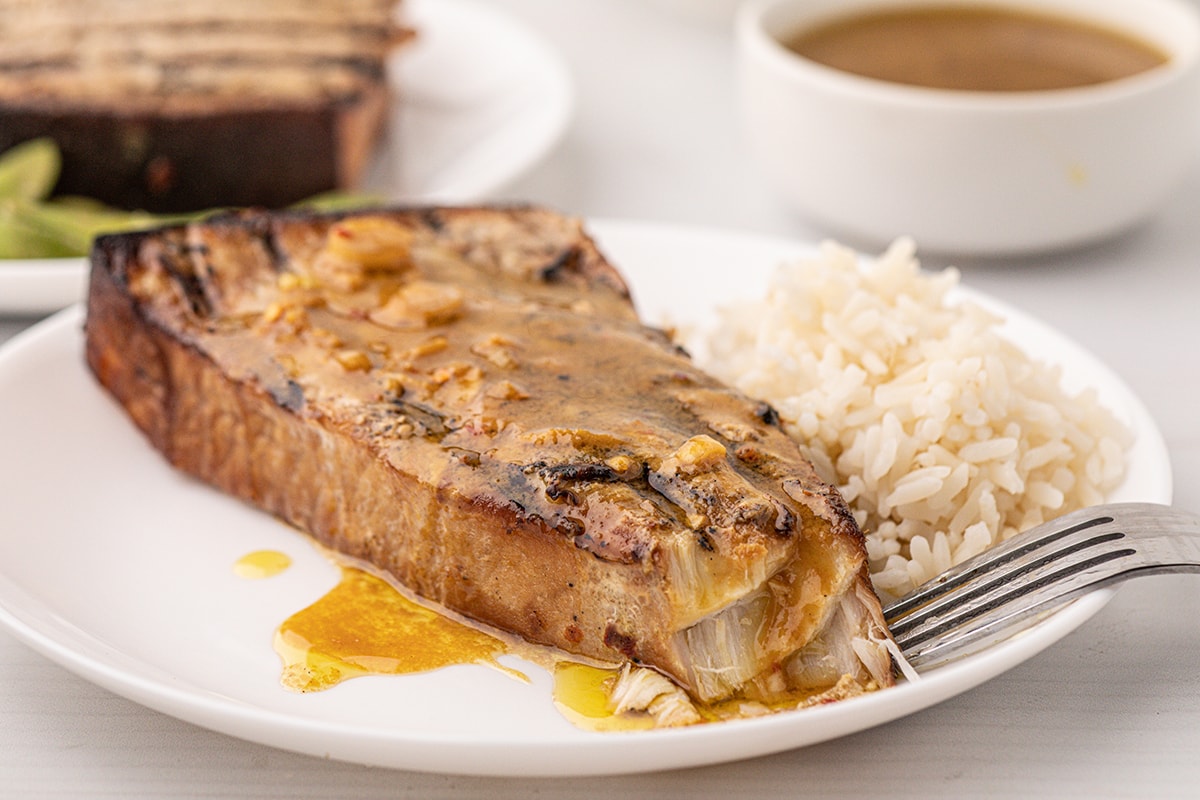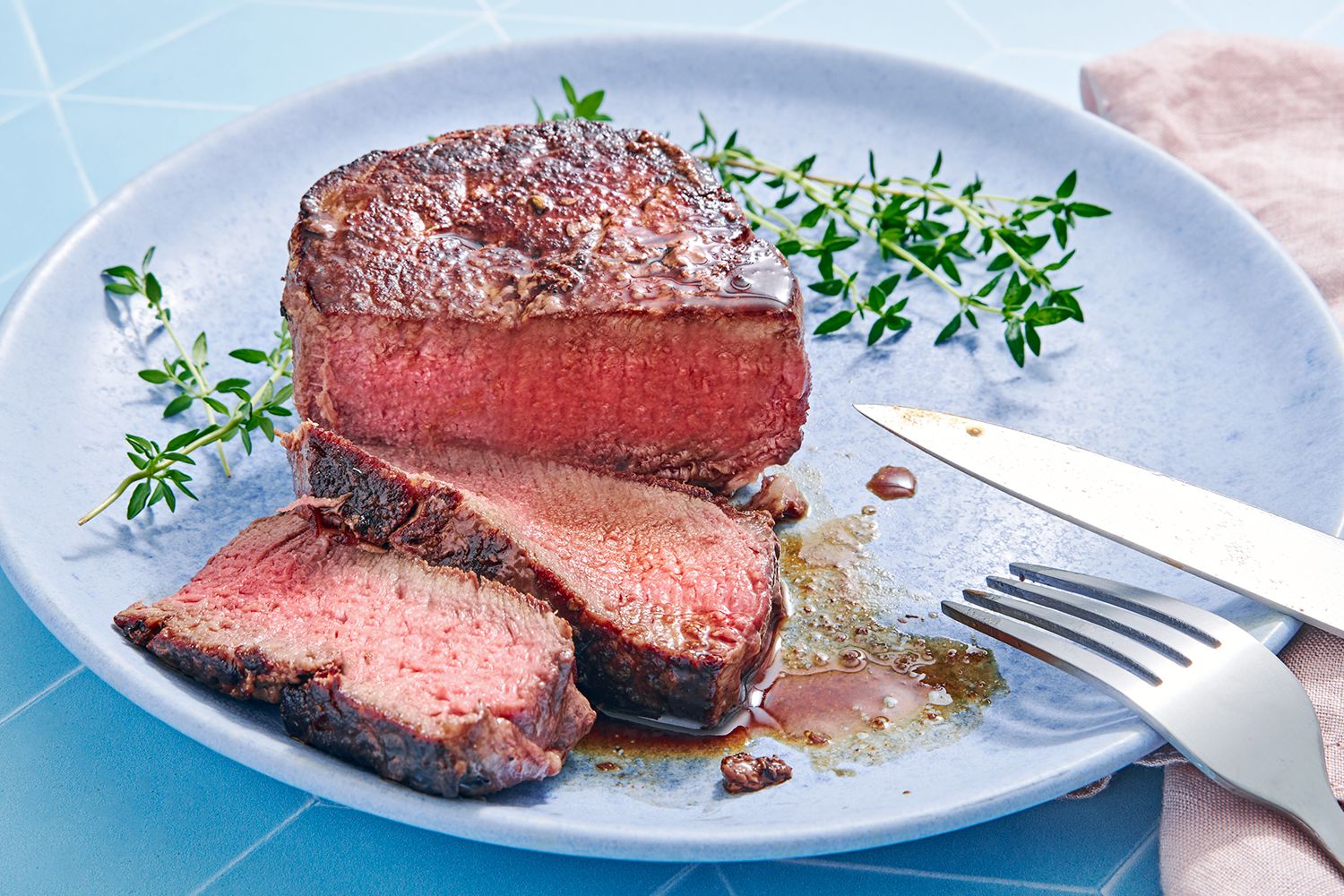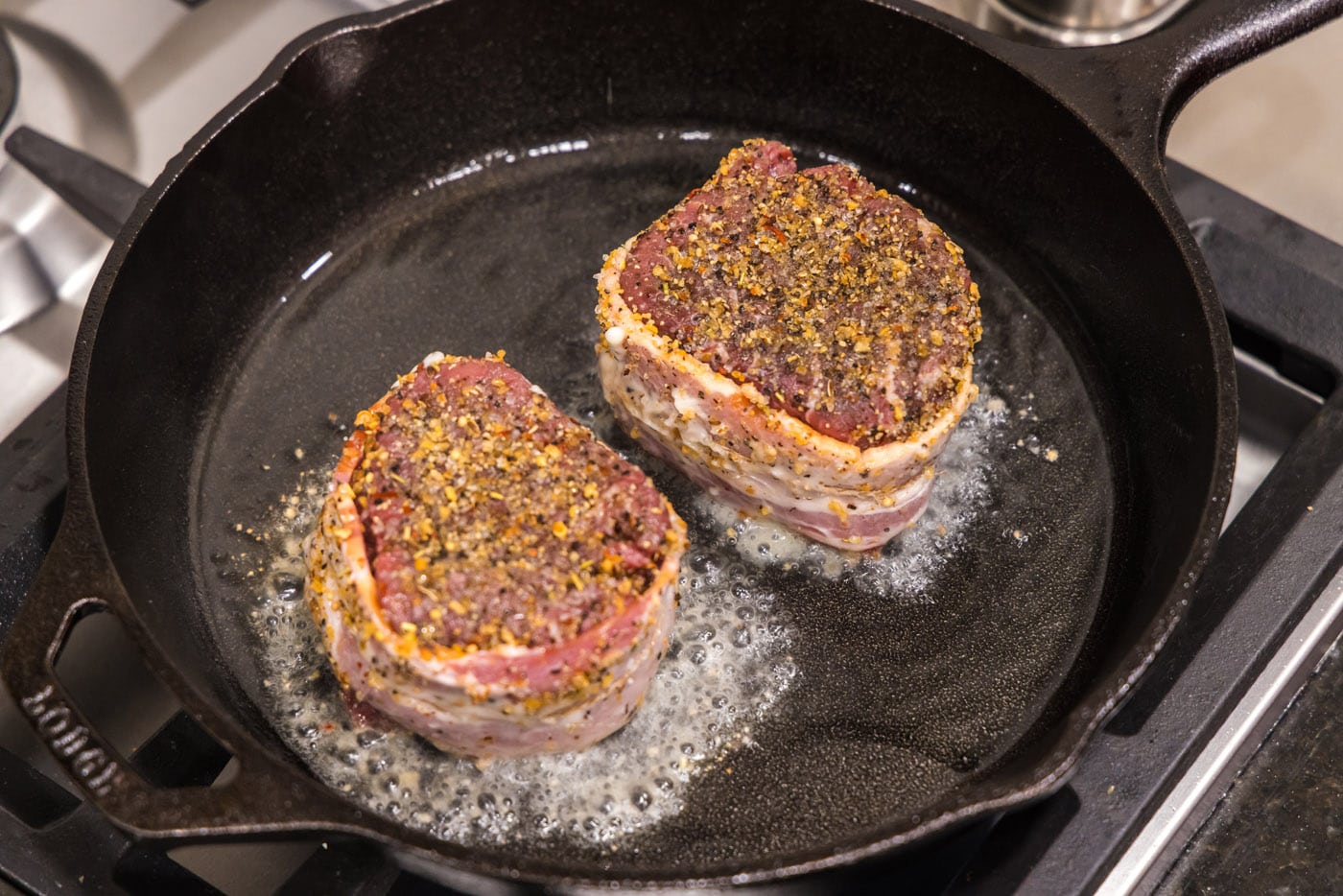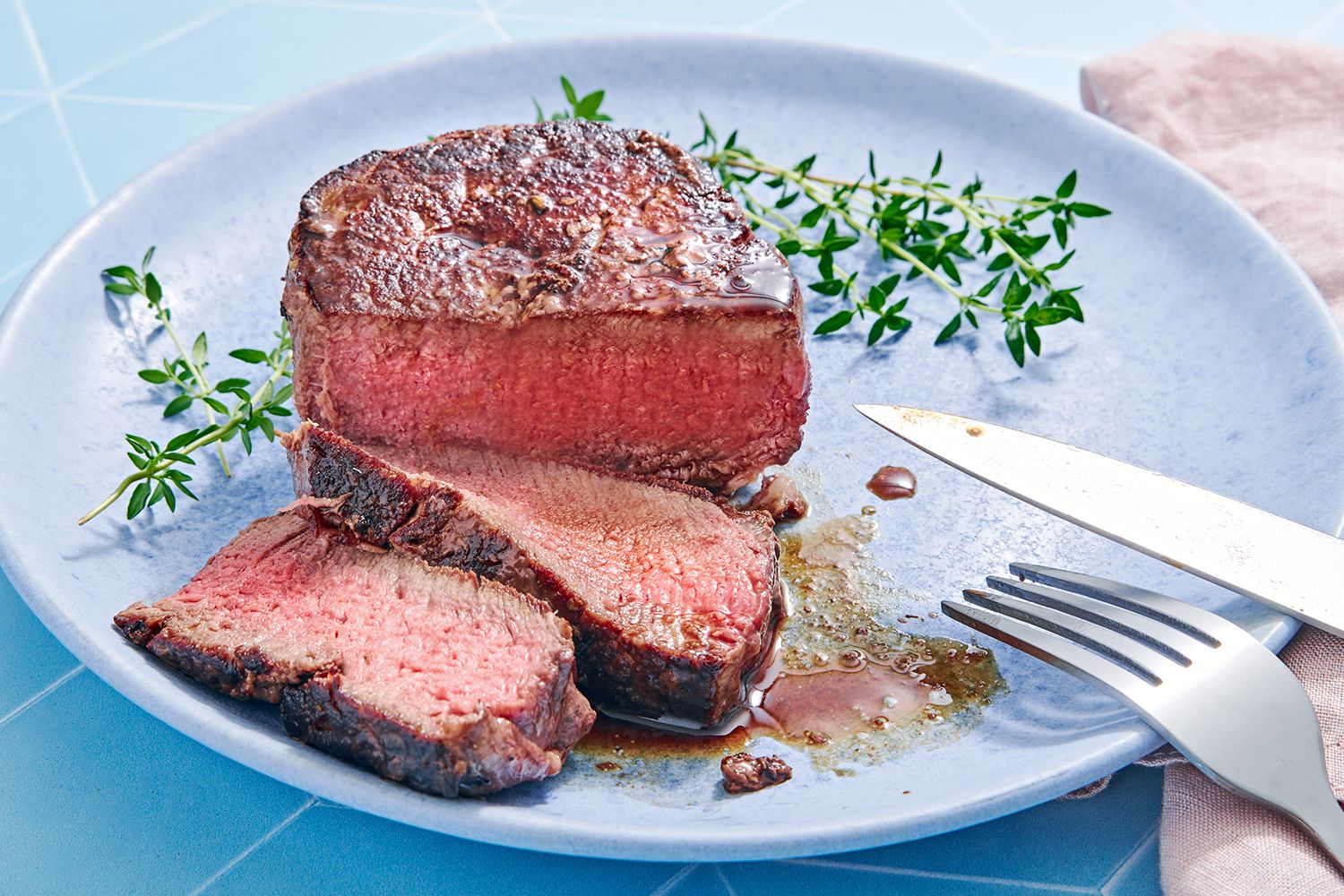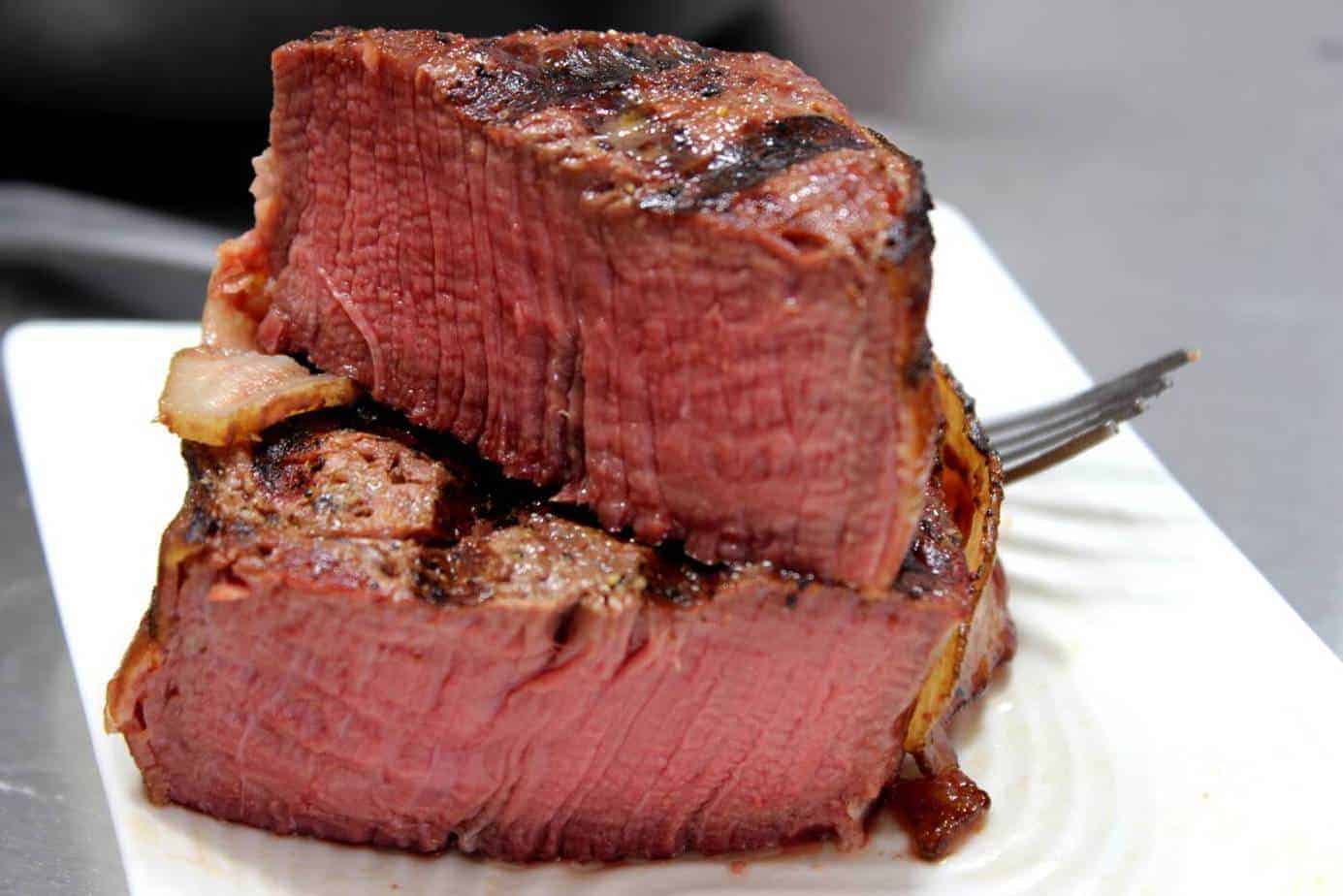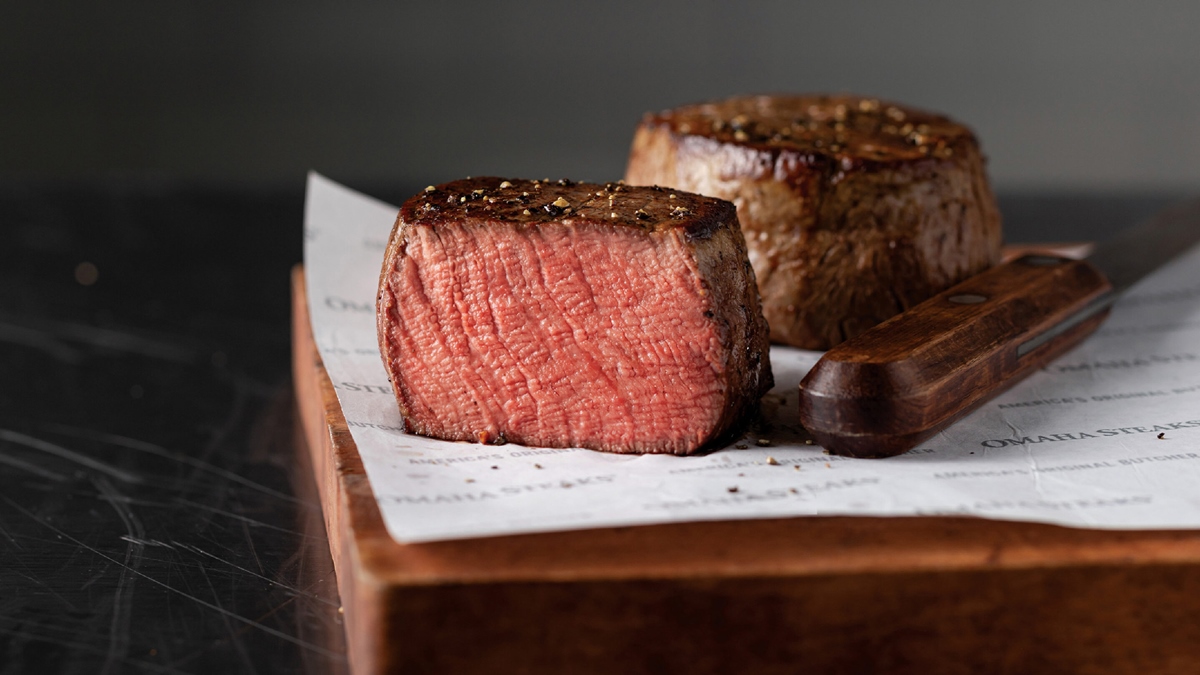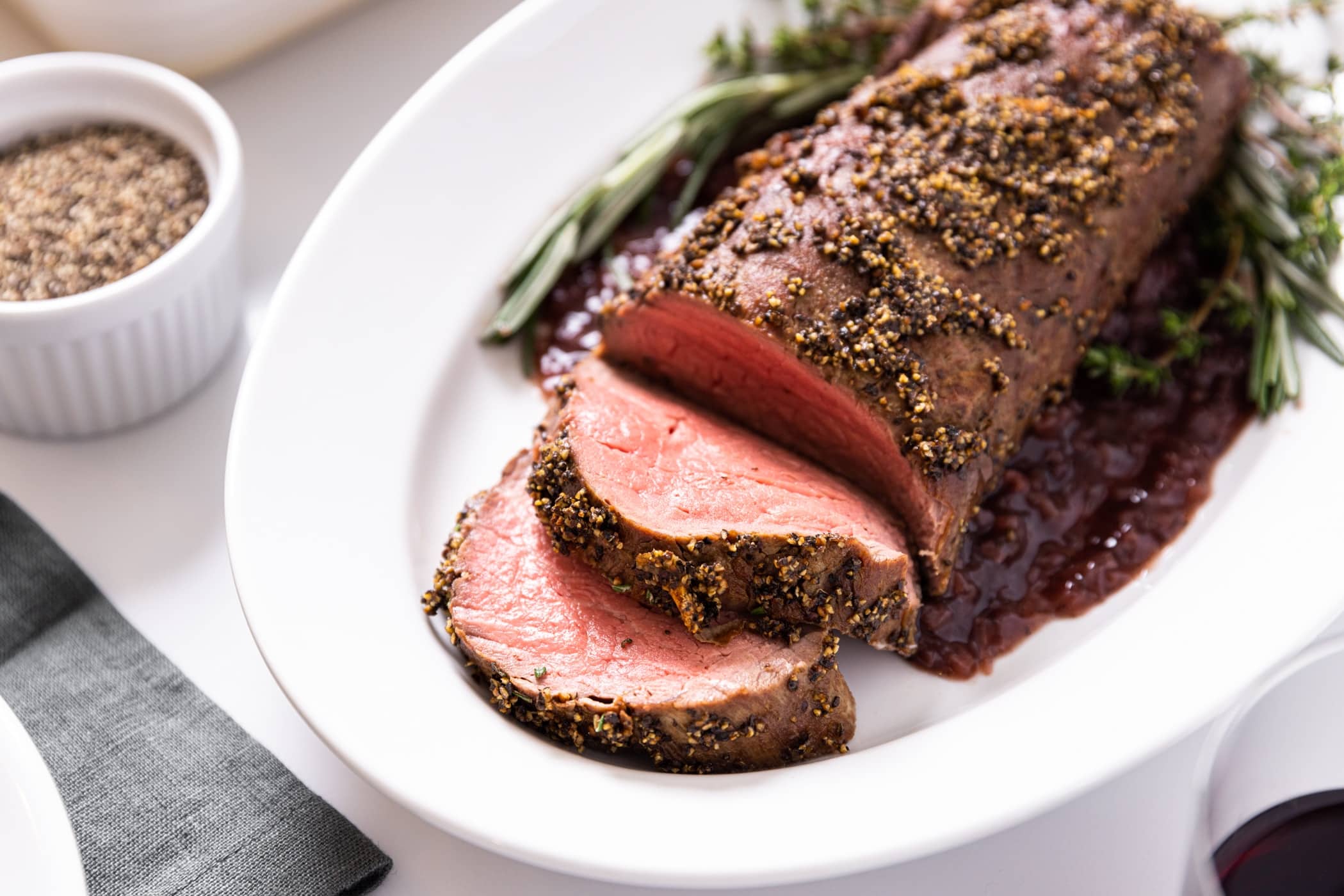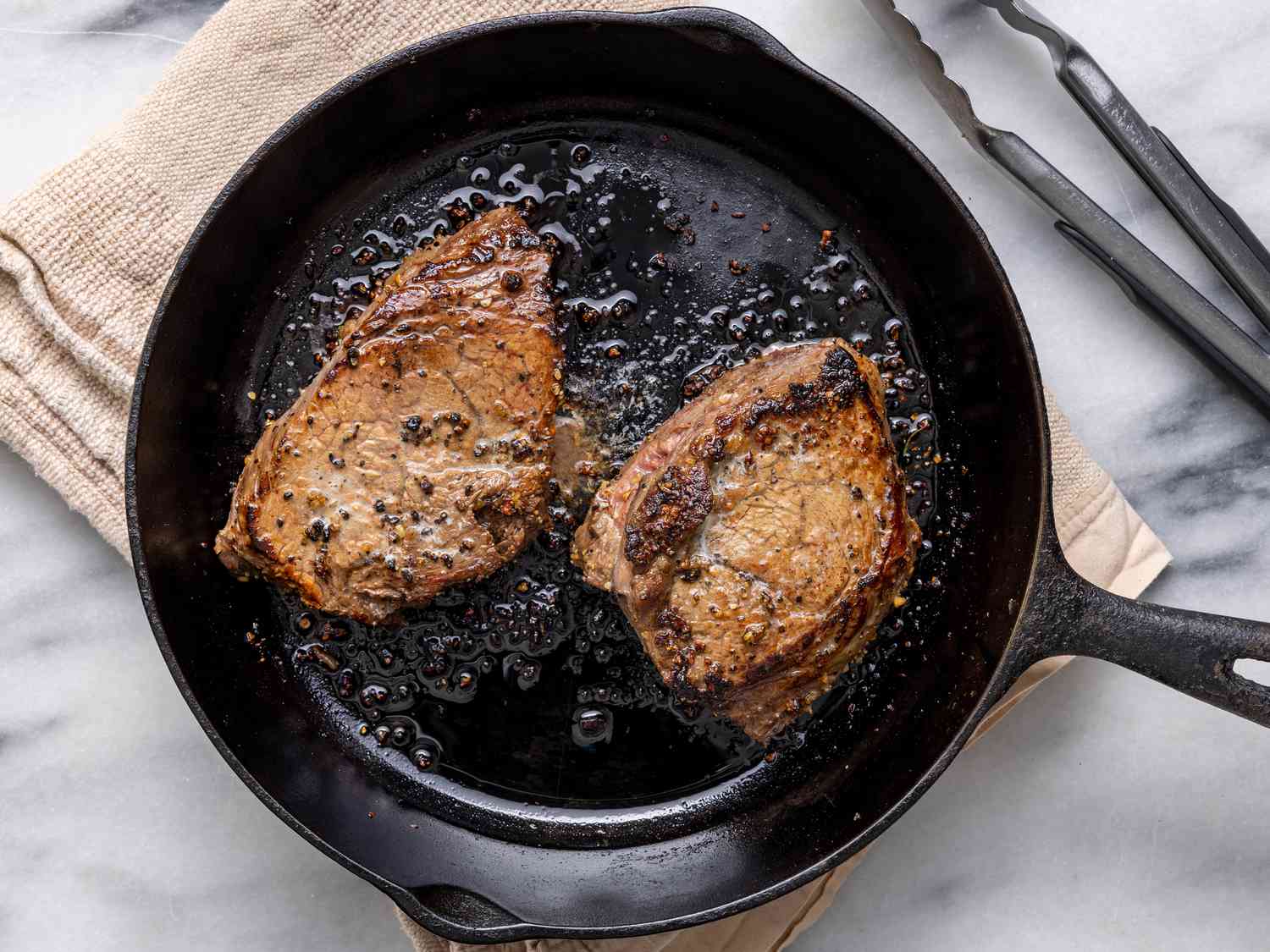Mastering the Art of Searing Tuna Filet
Are you a seafood lover looking to elevate your cooking skills? Searing a tuna filet to perfection is a culinary art that can take your home-cooked meals to the next level. With the right techniques and a few simple tips, you can achieve a delicious, restaurant-quality seared tuna filet right in your own kitchen.
Choosing the Right Tuna Filet
When it comes to searing tuna, selecting the right filet is crucial. Look for fresh, high-quality tuna filets that are deep red or pink in color, with a firm texture. It’s important to choose a filet that is at least 1 inch thick to ensure even cooking.
Preparing the Tuna Filet
Before searing, it’s essential to properly prepare the tuna filet. Start by patting the filet dry with paper towels to remove any excess moisture. This will help ensure a good sear and prevent the fish from steaming in the pan. Season the filet with a pinch of salt and pepper, and any additional seasonings of your choice, such as sesame seeds or a spice rub.
Mastering the Searing Process
Now, let’s dive into the searing process. Follow these steps to achieve a perfect sear on your tuna filet:
- Preheat the Pan: Use a heavy-bottomed skillet or cast-iron pan and preheat it over medium-high heat. Add a small amount of oil with a high smoke point, such as grapeseed or sesame oil.
- Sear the Filet: Once the pan is hot, carefully place the tuna filet in the pan. Sear the filet for 1-2 minutes on each side, depending on the thickness of the filet. Avoid moving the filet around too much to ensure a good crust forms.
- Check for Doneness: The key to a perfectly seared tuna filet is achieving a crispy exterior while keeping the interior rare. Use a meat thermometer to check the internal temperature, aiming for around 125°F (51°C) for medium-rare doneness.
Serving and Enjoying
Once your tuna filet is seared to perfection, it’s time to savor the fruits of your labor. Allow the filet to rest for a few minutes before slicing it against the grain. This will help retain the juices and keep the fish moist. Serve the seared tuna with your favorite sides, such as a fresh salad, steamed vegetables, or a flavorful dipping sauce.
Whether you’re hosting a dinner party or simply treating yourself to a special meal, mastering the art of searing tuna filet is a skill that will impress your taste buds and those of your guests. With practice and a little culinary finesse, you can create a mouthwatering dish that rivals the offerings of a top seafood restaurant.
So, the next time you’re in the mood for a seafood delight, consider searing a tuna filet at home. With the right techniques and a passion for cooking, you can elevate your culinary repertoire and enjoy the delectable rewards of a perfectly seared tuna filet.
